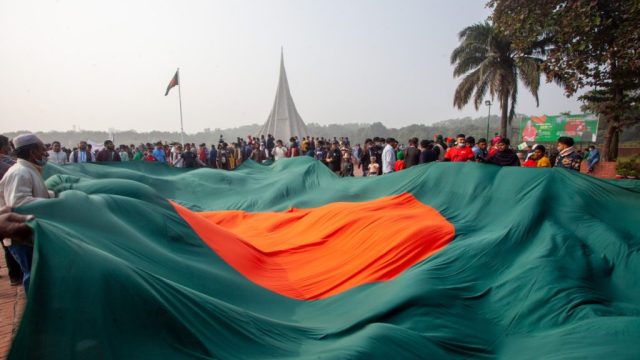December, the month of the Victory! Bangladeshis are celebrating the Golden Jubilee of Victory in 2021 with particular caution due to the global pandemic. However, the whole Bengali nation is glorious in the glory of Victory. Bangladesh has a long list of achievements worthy of attention in development in fifty years. Today’s economy of Bangladesh is no longer weak; rather, it is independent. And the overall journey was not smooth. It has a long history! The best part is Bangladesh continues developing.
After it was ravaged by fire and blood in 1971, Bangladesh started re-establishing under the stewardship of its founding father, Bangabandhu Sheikh Mujibur Rahman. It has overcome many socio-political and natural hurdles. Since then, the country has seen gradual growth momentum. The growth has been inclusive, with major socio-economic and human indices accompanying the growth. The proudest moment for Bangladesh is that it has become a role model for other developing countries.
Agriculture has always been the most prominent sector in Bangladesh, as it has been in many other emerging economies. It is the primary source of income and employment for many impoverished. About 70% of the population relies on it for their livelihood. The farmers are the unsung heroes of this achievement. One of the Government’s key policies is concerned about the expansion of agriculture and national food security. Today, Bangladesh, which was a significant importer, now exports excess food grains, processed foods, and seafood to multiple countries.
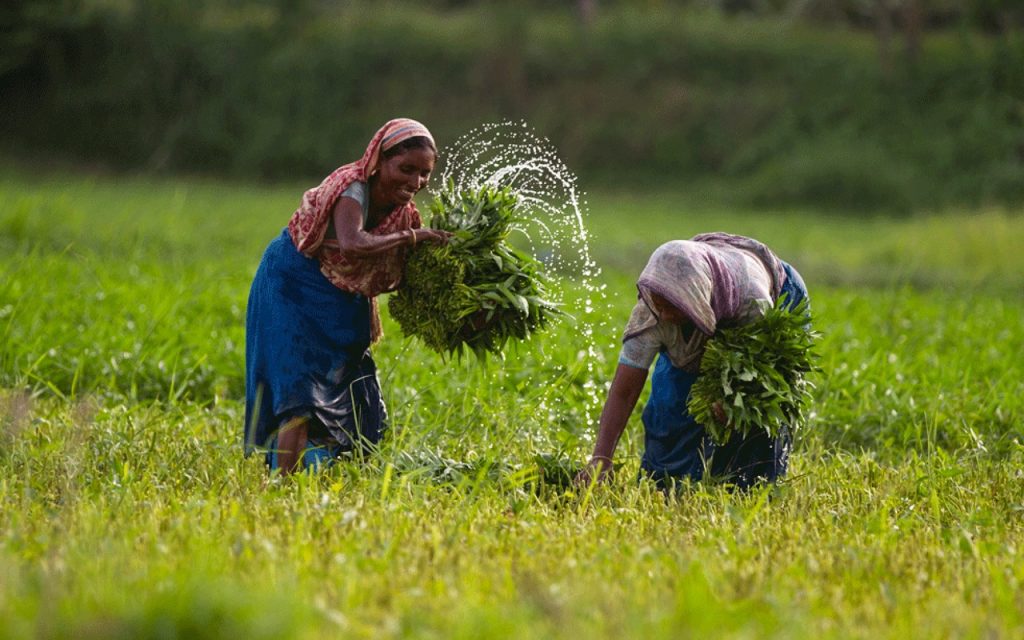
The term “development” refers to more than a country’s GDP. Inclusionary growth strategies, prudent budgetary management, local and international job creation, and a comprehensive social security program have reduced moderate and extreme poverty. Statistics show that, in 2019, the poverty rate in Bangladesh was 20%, down from 31% in 2009. Indeed, it’s a praiseworthy matter.
The best part is, Bangladesh now ranks as the world’s 41st largest economy and the second-largest one in South Asia, and forecasts suggest that the size of the economy may double by 2030, according to an analysis by a London-based think-tank.
Indicators of human progress, such as education and public health, have established a new model area. The country’s success in establishing a vast healthcare network in rural community clinics has been outstanding. International communities have also expressed their gratitude for the massive vaccination program. The five engineers who developed the Surokkha application successfully managed the country’s Covid-19 vaccine management campaign, from which around 50 million people can use the app at a time. Among South Asian countries, the advances in girls’ education, financial inclusion, social security, and political involvement are notable.
Furthermore, the contribution of women is not less too. Back then, women in Bangladesh were confined within the four walls, did all the house chores, and looked after the children. But, going by the adage “change is inevitable,” women have flourished to this position where they are now, directly and indirectly, participating in the country’s development. The number is growing gradually. For example, Rupali Chowdhury led and made Berger the number one company in Bangladesh’s paint industry. Tech Savvy, Achia Nila, empowers women by establishing “Women In Digital.” The garment industry in Bangladesh does not need any introduction as the world knows how this sector plays a significant role worldwide. The most contribution comes in this sector from women employees especially. According to the Bangladesh Garment Manufacturers and Exporters Association (BGMEA), 80 percent of the 4 million workers employed in its members’ factories are women. So, 3.2 million women workers are in the RMG industry. Like them, many women become role models in women’s empowerment. Last but not least, Bangladesh’s recognized leader is a female Prime Minister Sheikh Hasina, who leads Bangladesh. Progress without such women would be unimaginable. According to the Global Gender Gap Index 2020, Bangladesh has closed 73 percent of the overall gender gap. One of the critical drivers of Bangladesh’s development story is women’s participation in politics and the labor sector.

Apart from these, Bangladesh’s RMG industry has turned it into an export locomotive. It is the world’s second-largest apparel exporter. Moreover, export revenue has shown a promising upward trend in recent years. Indeed, this is an achievement to feel proud of. Research says that the garment industry has grown by an average of 13.9% annually over the past six years, which makes $50bn by 2021 seem within reach.
Multiple projects like Padma Bridge, Dhaka Metro Rail, Karnafuli Tunnel, Bangabandhu Satellite, Dhaka-Chittagong Expressway, and others will rapidly change the country. After 2009, the power sector of Bangladesh is one of the fastest developing in South Asia. Tightly-knit-power sectors were implemented to achieve full electrification. Changes are like a dream that comes true.
What’s more, As the country approaches its golden jubilee of independence, Bangladesh obtained the final recommendation on graduating from the LDC classification. Since 1975, when the Government and its economy were still recovering from the terrible Liberation War of 1971, Bangladesh has been on the UN’s list of LDC countries. However, as a developing country, the country is about to embark on a new journey. Graduation is based on three factors: per capita income, human assets index (HAI), and economic vulnerability index (EVI). In its review meeting, the Committee for Development Policy (CPD) proposed graduation in 2018. In 2021, Bangladesh achieved all three criteria for the second time.
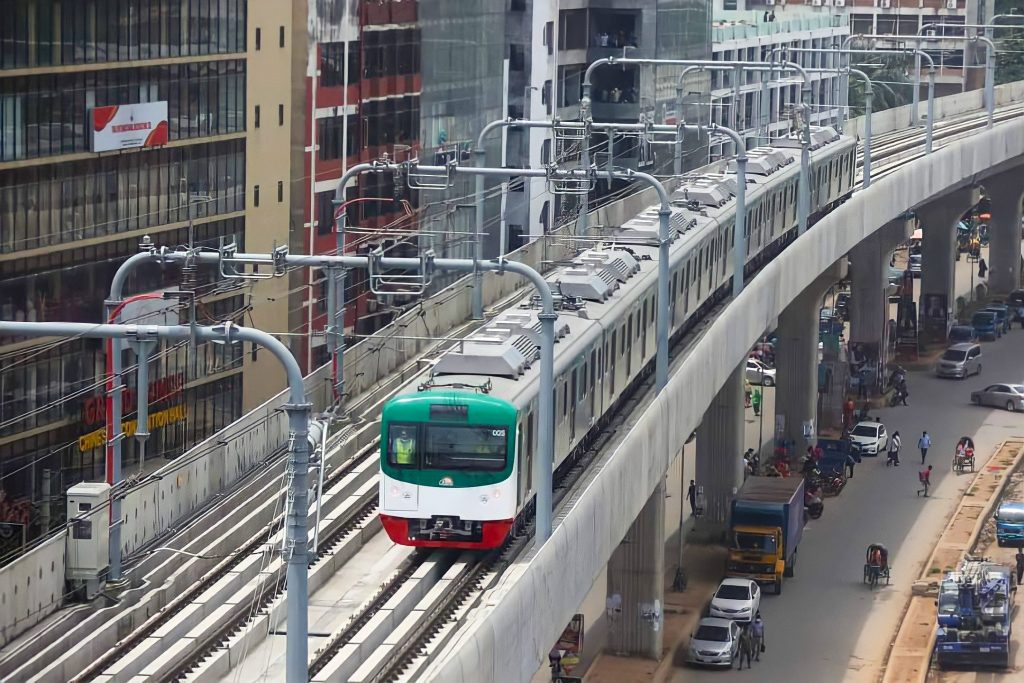
However, there are almost a million Small and Medium Enterprises (SMEs) in Bangladesh. The commitment of these SMEs to GDP is an expected 23%. Bangladesh’s commitment to the SME area is a significant highlight for advancement tacticians all over the planet.
It is time for Bangladesh. Finally, Bangabandhu’s long-cherished dream is becoming a reality- the Rooppur Nuclear Power Plant that enlisted Bangladesh to ‘the world of Nuclear Energy.’ Today, in the nuclear age of Bangladesh, the milestone of improved road communication and the bright glimpse of the innumerable express highways have seen the light of becoming a reality.
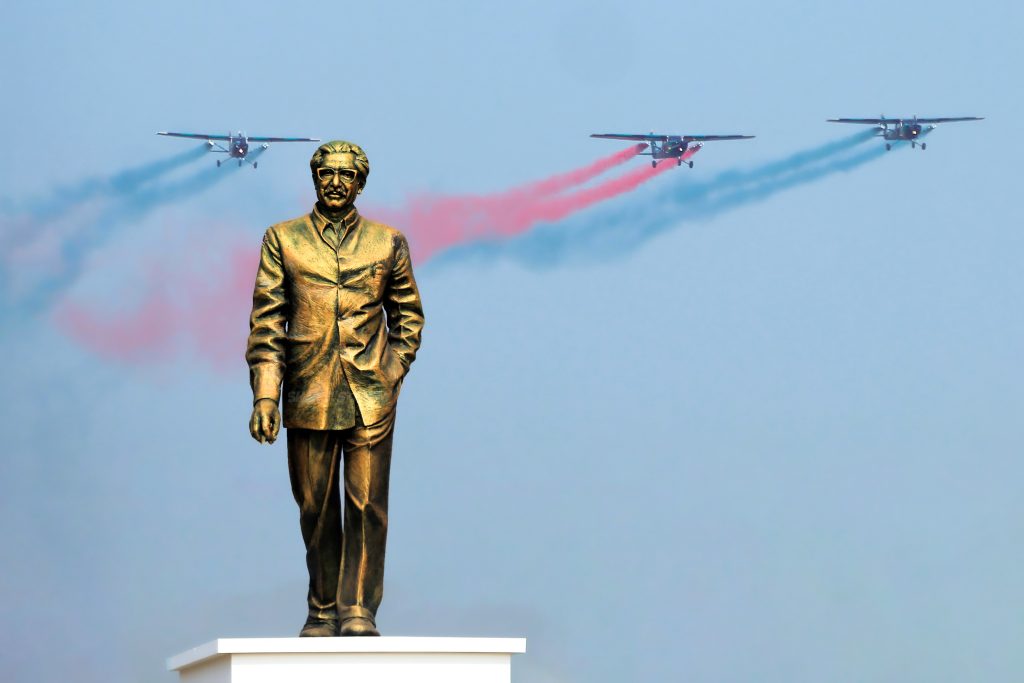
To cap it all, Bangladesh has been celebrating 50 years since the country was founded. People gather to pay respect at historical places to celebrate the 50th year of Victory. The pictures of the day prove how happy Bangladeshis are! On December 16, 1971, Bangladesh was established; previously, it was known as East Pakistan. A nine-month war that concluded that day with Pakistan’s surrender claimed the lives of a minimum of 3 million people. However, disease and poverty plagued the young nation. As a result, up to ten million people were forced to become refugees. But, the survival of Bangladesh deserves to be a role model country now. It’s incredible how much time has passed in the last 50 years. History will always be remembered.
Well done, Bangladesh!
About The Author:
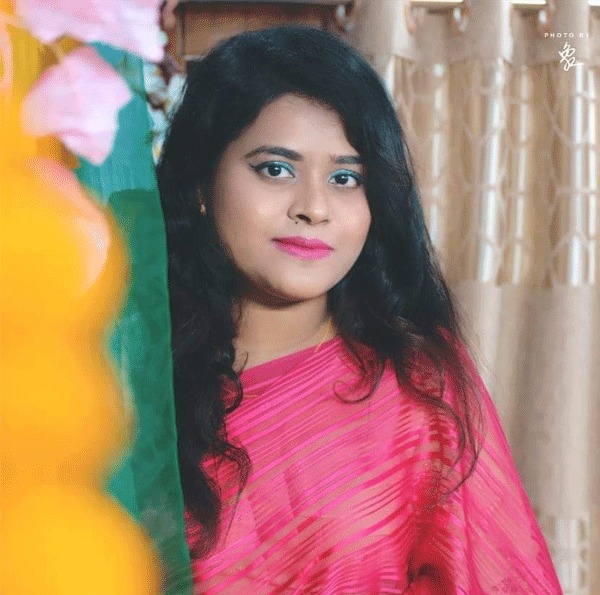
Tasnia Farin
Jr. Sub-editor
The InCAP



